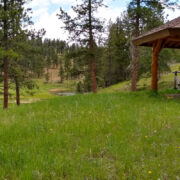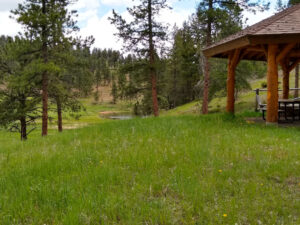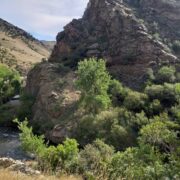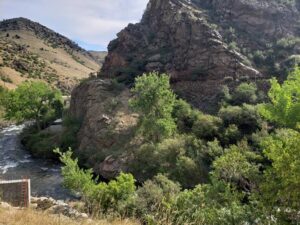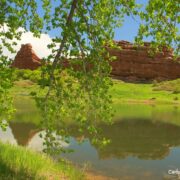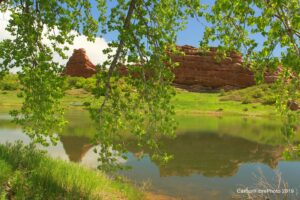Are you looking to try something new to fill these long COVID days?
MISS MOUNTAIN MANNERS INVITES YOU TO GO BIRD WATCHING
But it’s the middle of winter, why would I do that now?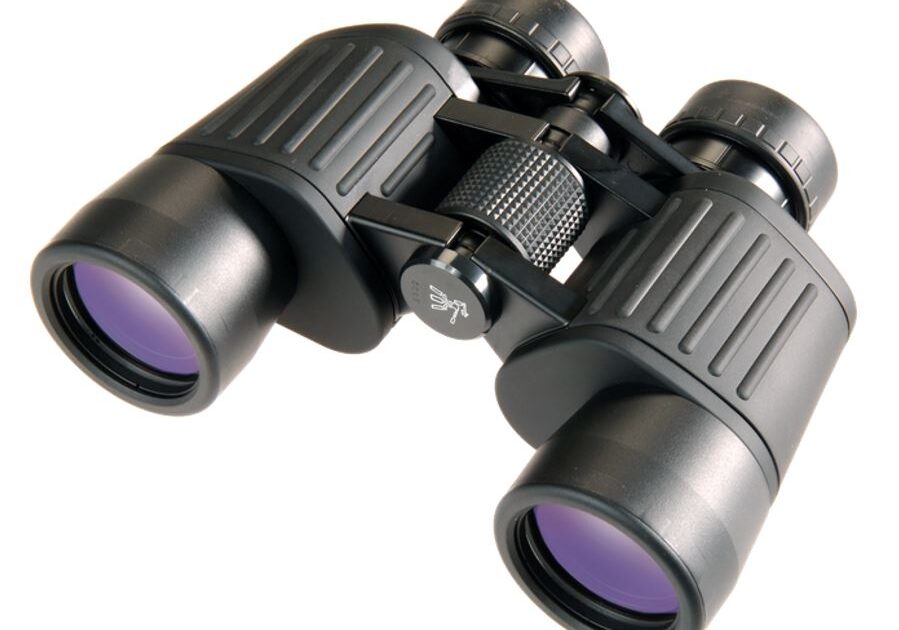
- With fewer leaves on the deciduous trees and bushes it makes it easier to spot the birds.
- Many ducks and geese are at their most colorful in the winter, in preparation for the coming mating/nesting season.
- Birds are everywhere, from your backyard and neighborhood, through the flatlands, and into the foothills and mountain parks. Note that bird species—in fact all species of flora and fauna—are most numerous near water. The riparian areas (along streams and lake shores) provide the lushest vegetation, satisfying birds’ needs for sustenance, and cover for their nests.
- Birding satisfaction merely requires a little patience and time to watch and listen for them, while being quiet and mindful of the area. You’ll be amazed at how many of the sounds of birds—and in fact the natural world in general–are revealed when you stand quietly. Eventually, you’ll be able to identify different types of birds not only by sight, but also be their calls and songs.
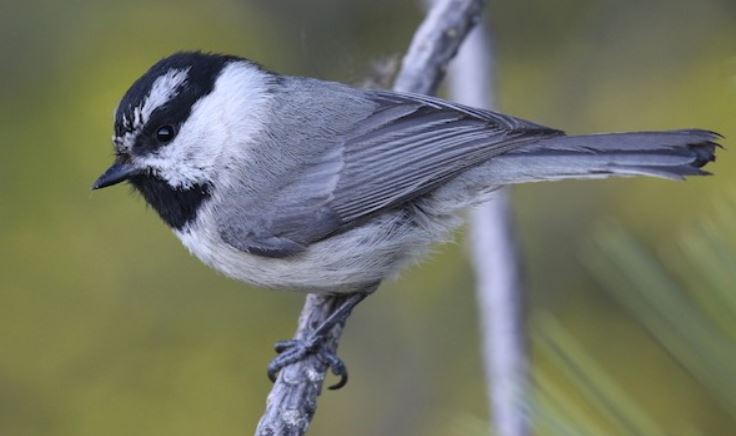
Mountain Chickadee, photo courtesy of eBird
The Jeffco Open Space Bird Species Checklist lists 388 possible species present in Jefferson County. For example, in September, 2015, 195 individual birds, representing 31 species, were sighted over four and one-half hours by a small group of bird watchers at the West end of Mount Falcon Open Space Park. Go to the ebirdhotspots website for lists of birds currently being viewed in various park areas in Jefferson County.
So, has Miss Mountain Manners tweaked your interest? If so, here are some of the many birds you might find as Spring progresses in the following parks:
Crown Hill–in the lake: Ring-billed Gull, Common Merganser, Mallard, Coot, Goldeneye; in the reeds at the water’s edge: Red-winged Black Bird; in the trees: American Kestrel, Red-Tailed Hawk.
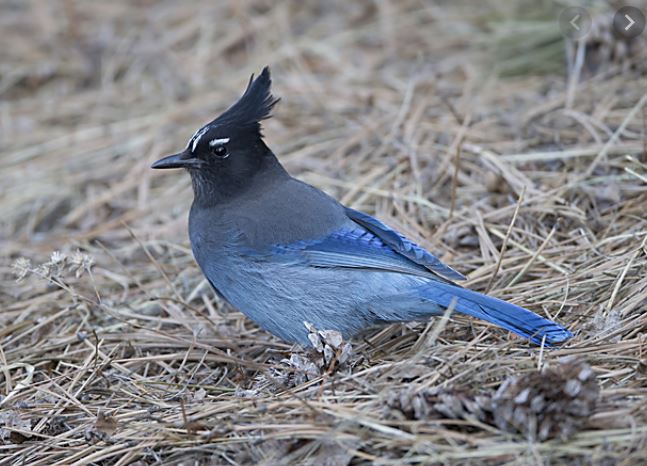
Stellar’s Jay, photo courtesy of Boulder Audubon
South Valley Park: Mallard (in the pond near the main entrance), Mountain and Western Bluebird, Red-tailed Hawk, Magpie, Prairie Falcon, Scrub Jay, Towhee.
White Ranch: Steller’s Jay, Mountain Chickadee, Red-breasted Nuthatch, Dark-eyed Junco.
Mount Falcon: Pygmy Nuthatch, Black-capped and Mountain Chickadee, Common Raven, Townsend’s Solitaire.
Walk a mile: the paved path that circles the lake at Crown Hill is 1.2 miles long, while the Coyote Song/Swallow trails loop at South Valley is 2 miles. Miss Mountain Manners says, “Get out there and watch for our feathered friends,” you will not be disappointed! Be sure to stay on designated trails to protect the habitat and animals.
How do you identify a bird? First, get your general impression, the size and shape of the bird (“giss” in bird watcher talk). Then, look for the color of the bill, marks around the eyes, breast color, wing bars, and tail markings. Now refer to your guide book.
As it warms up: Rocky Mountain Bird Observatory’s Hawk Watch is a volunteer program to monitor the migration of raptors along the Dakota Hogback of Dinosaur Ridge in Jeffco, from mid-March through mid-May. Visitors are welcome. Parking is across the road from Mathew-Winters Park.
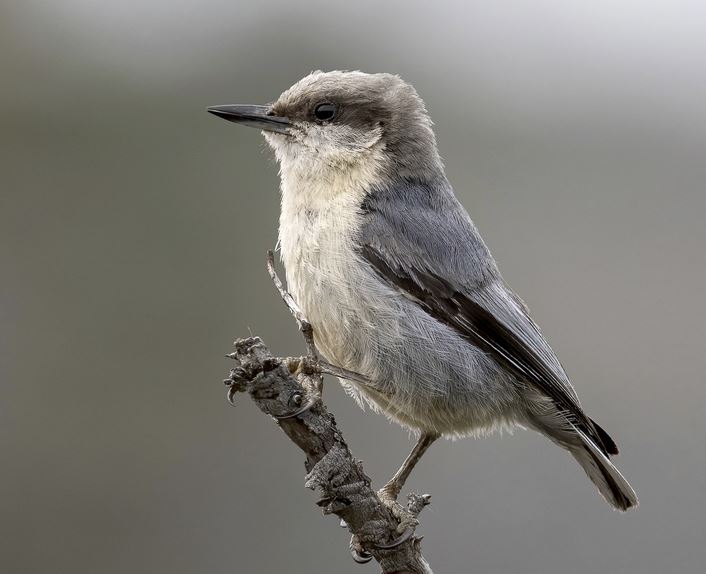
Pygmy Nuthatch, photo courtesy of eBird
Portions of several JCOS parks are closed to protect ground-nesting bird habitats, nesting birds of prey, and nesting and brooding waterfowl: Clear Creek Canyon Park, Deer Creek Canyon Park/Hildebrand Ranch Park, North Table Mountain Park, South Table Mountain Park, and Cathedral Spires Park (generally from February 1 – July 31, but check each park site for specific details). Miss Mountain Manners reminds you to respect the closures, they mean more birds in the future. (Parks may also be closed due to mud.)
Grab your binoculars, a bird book (David Sibley’s “Field Guide to Birds of Western North America” is recommended), and maybe a bird app for your phone (Merlin, eBird, Audubon Birds, iBird Pro, National Geographic), then enjoy the quietness of the natural world and a new sense of connection with the wild.

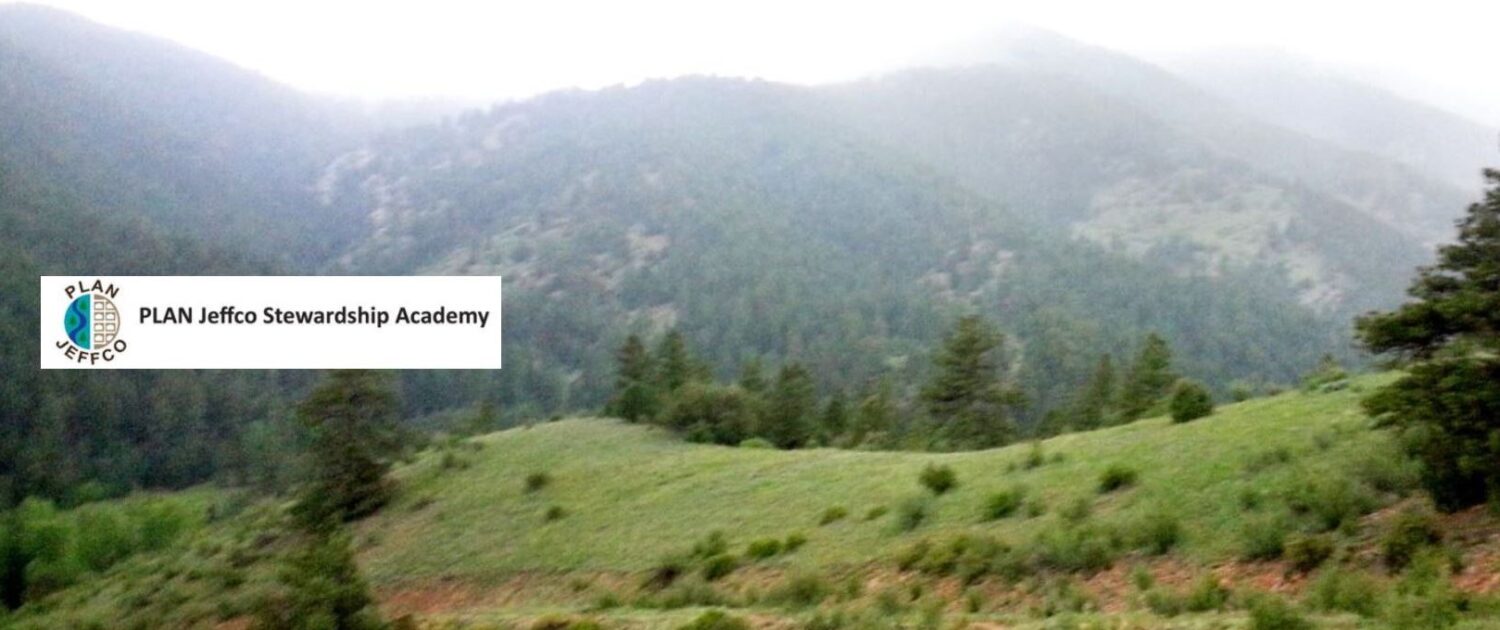 CRAZY ABOUT CONSERVATION?
CRAZY ABOUT CONSERVATION?

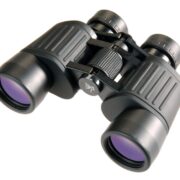





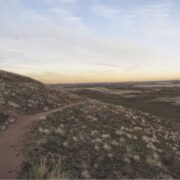
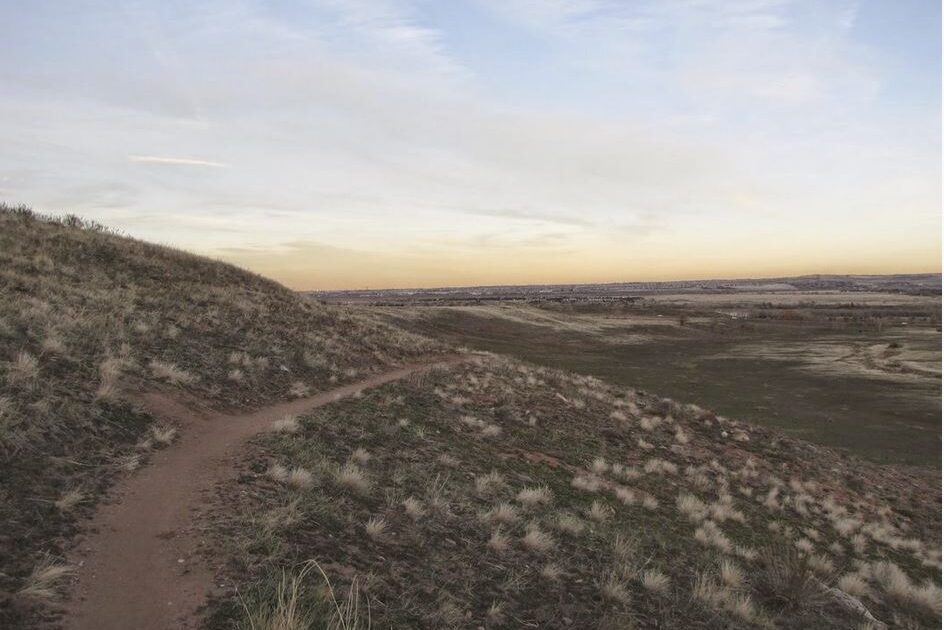 Regular followers of Open Space news have seen the notices about the recent trail closures at various Open Space parks. These closures are to protect birds of prey (eagles, falcons) and other wildlife (elk, deer) during their birthing and nesting seasons. Park visitors are strongly encouraged to adhere to these restrictions, as violators will face fines of up to $100,000 and/or imprisonment.
Regular followers of Open Space news have seen the notices about the recent trail closures at various Open Space parks. These closures are to protect birds of prey (eagles, falcons) and other wildlife (elk, deer) during their birthing and nesting seasons. Park visitors are strongly encouraged to adhere to these restrictions, as violators will face fines of up to $100,000 and/or imprisonment.
 Alternate Plan B (once in a while): give nature the chance to restore itself. Put on your warmest socks, make yourself some hot chocolate, turn on your favorite music and enjoy the quiet time at home.
Alternate Plan B (once in a while): give nature the chance to restore itself. Put on your warmest socks, make yourself some hot chocolate, turn on your favorite music and enjoy the quiet time at home.
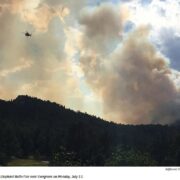
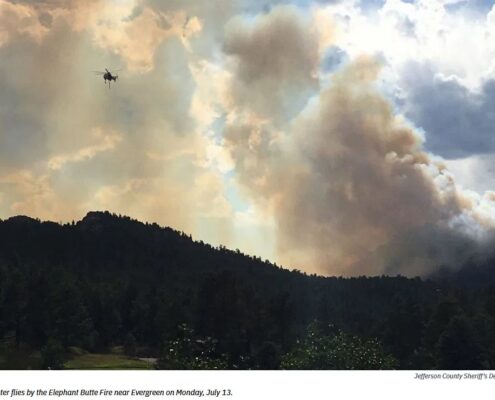 Recent events: The fire at Deer Creek Canyon Park in August of 2019 burned 20 – 25 acres and was human caused. It required evacuations and six fire agencies to fight the blaze. In July, 2020, the “Elephant Butte Fire” west of Alderfer/Three Sisters Park, due to lightning, burned about 50 acres. A heavy rain helped that firefighting effort. In April, 2020 the “560 Fire” in the Pike National Forest in Jeffco burned at least 83 acres in the Hayman burn scar. Looking further back, in 2012, the “Lower North Fork” fire turned deadly, claiming 3 lives and torching thousands of acres in the Conifer area. We probably all remember the massive Hayman fire in 2002, which burned 138,114 acres across four counties including Jefferson. It can happen again.
Recent events: The fire at Deer Creek Canyon Park in August of 2019 burned 20 – 25 acres and was human caused. It required evacuations and six fire agencies to fight the blaze. In July, 2020, the “Elephant Butte Fire” west of Alderfer/Three Sisters Park, due to lightning, burned about 50 acres. A heavy rain helped that firefighting effort. In April, 2020 the “560 Fire” in the Pike National Forest in Jeffco burned at least 83 acres in the Hayman burn scar. Looking further back, in 2012, the “Lower North Fork” fire turned deadly, claiming 3 lives and torching thousands of acres in the Conifer area. We probably all remember the massive Hayman fire in 2002, which burned 138,114 acres across four counties including Jefferson. It can happen again.

